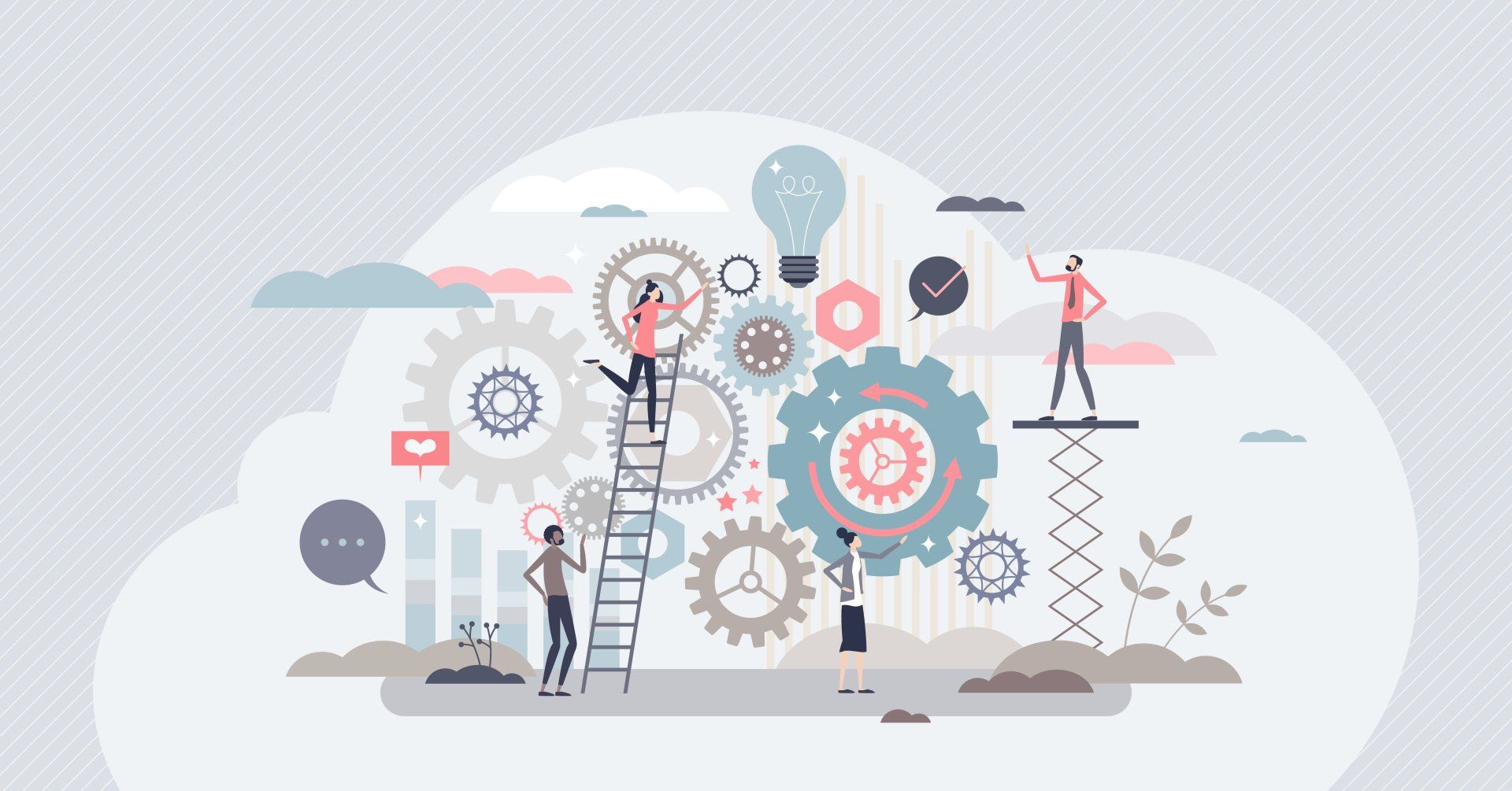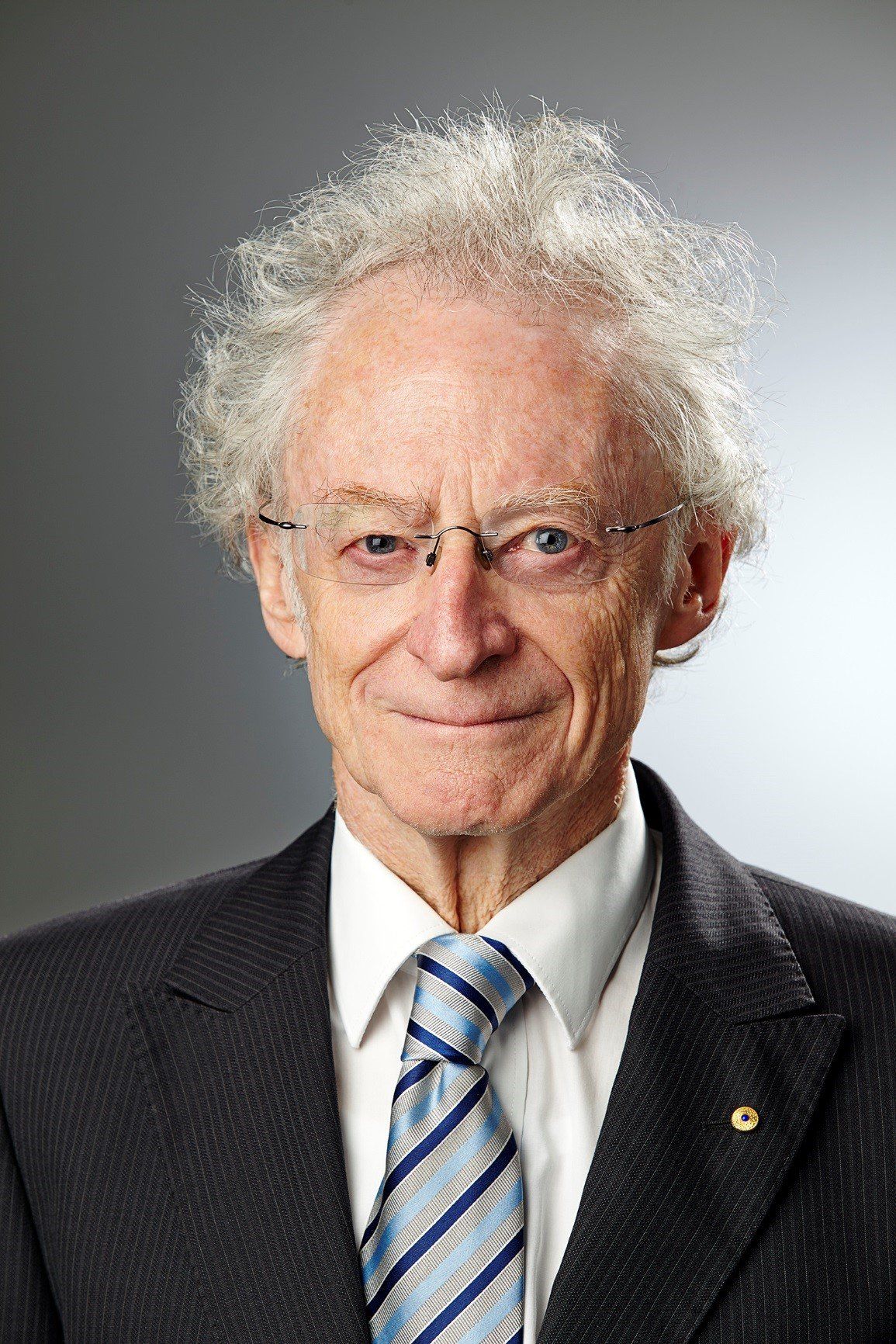Professor Robin John Batterham AO is a former Australian Chief Scientist. He was also Chief Scientist at Rio Tinto and CSIRO for a number of years. Robin is currently a Kernot Professor at the University of Melbourne.
Innovation Insights from Former Australian Chief Scientist 1999-2005: Professor Robin Batterham AO
1MG interviewed Professor Robin Batterham AO, former Australian Chief Scientist and also a former Rio Tinto Chief Technologist, to explore his views on how Australia can lift its innovation performance, promise and potential this decade and the next.

1MG: How would you score Australia’s productivity currently?
RB: It’s no secret that productivity in Australia is going backwards in many ways. No one seems to be too bothered by this, which is a concern. That this is not a daily topic of conversation is perhaps because it is well recognised, but not something that can be changed easily. It requires greater desire to change, with an increased entrepreneurial activity. Achieving these two things needs effort, encouragement and incentives at all levels, e.g., in primary and secondary education, at undergraduate and graduate levels, let alone in industry. There are many initiatives here ( perhaps too many), so the question is, how do we get more focus?
1MG: When it comes to innovation, can we afford to be apathetic or even lazy? Can we afford to not take it seriously?
RB: Australia is seen as the “lucky country” and we consistently are a high performer on the United Nations’ Human Development Index. We also do well in terms of many Environmental, Social, and Governance (ESG) indicators. The question is how to enliven the interest and then the activity in doing more, especially when it comes to matters of ESG. Can we build on the experience and lessons learned during the recent COVID-19 pandemic to speed up innovation? We have just witnessed a massive acceleration of technology in the vaccine program. What universally relevant principles of this success can we bring to bear in how we treat carbon emissions, in how we change our supply lines, and in how we are more inclusive of the wider society?
1MG: What does a “more innovative Australia” mean to you?
RB: Much of Australia is highly innovative (e.g., retail and banking) and many Australians are well-paid because of this. Mining, biotech, and agriculture are also highly innovative. It’s not a general problem. The real question is how do we do more of the “invent the new here”? Do we understand why some sectors do so well and others not? I don’t have the answer but it probably comes down to people and their capabilities. We have to focus our education on setting up people who are not just more entrepreneurial but who are solution oriented. Finding solutions and ways to do things better needs certain capabilities, especially the ability to think about the basics of any process or situation. What are the drivers, what are the ways of changing these drivers or of doing things differently? I find the fall off in secondary school of interest in “specialist maths” a sign that we could be doing better.
1MG: Australia’s exports still mainly concentrate on agricultural and mining products rather than more sophisticated products like computer software. What are some strategies to cultivate the latter?
RB: One approach to cultivate a wider spectrum is to recognise that in the future, as Prof Ramesh Mashelkar has recently highlighted in the Monash University Sir Louis Matheson Lecture Series on Science, Technology and Innovation: “The post pandemic Next Normal has 3Ds that will shape humanity’s future: digitalisation, decarbonisation, and democratisation”. I agree strongly with Prof Mashelkar and note that an obvious approach is that now we expect that roughly 1/3 of the population goes to university. They should experience the elements of digitalisation (e.g., computing and code writing) and the elements of decarbonisation (e.g., energy storage, micro-grids, etc.), no matter what they are studying. A more general approach to education - even at university level - is a key answer to living with the three D’s.
1MG: How would you rate Australia’s startup culture?
RB: Startups are a key component of the Australia’s innovation identity. We are fortunate that CSIRO is doing a lot of the heavy lifting. All of our universities have their incubators, their accelerators, and their active approach to commercialisation, particularly via startups and spin offs. This is great and to be encouraged. However, more is needed to give the startup community what it needs. Looking at the income universities receive from royalties or their equity positions in startups and spin offs, with the occasional exception, the percentage of income from these sources is less than 5 per cent. And without more income, we will see even less R&D. So what is the alternative? The answer is clear: concentrate on research with high impact for which there is someone who values this impact enough to pay big dollars. That someone might be from philanthropy, from governments, from well capitalised companies, or various combinations, but it won’t be from “angel” investors. This will to want to match impact with high level funding is a mindset change for many researchers who, rightly or wrongly, and irrespective of the stated policies of most universities, are driven by the need for high impact publications.
1MG: How does a nation actually encourage the population to innovate?
RB: Firstly, R&D is not the same as innovation. Most R&D contributes to knowledge and may ultimately support innovation. Very rarely does R&D lead directly to innovation, i.e., a change in the marketplace. Encouraging innovation is actually about encouraging different products and processes in the marketplace. It doesn’t matter whether they are first in the world, in Australia, in a State or region, or even in a company, what matters is that it is a change for the company concerned. Innovation by companies needs to be rewarded by the government (e.g., through taxation rebates) as it is not just that the said company benefits through its bottom line. A successful innovation can (and generally does)create a public good as it teaches others that the improved product/service is doable, while encouraging competitors to do even better in the knowledge that certain directions can be successful. This is the same argument that we use to justify public support for R&D, visualising that the knowledge generated is useable by a much wider audience than just the researchers who generate the knowledge.
1MG: Are there any other ways we can make a real difference to the health of Australia’s innovation economy?
RB: One is attitudinal. At the R&D end we tend to overvalue intellectual property. Our research institutions are renowned for this. Sometimes I almost wish that some of the success stories should not have happened, as then we would be under no delusions that the linear model of R&D, commercialise, and then sit back and watch the royalties roll in, is rare indeed and not the main way of generating funding for R&D. Instead, try embarking on R&D that potentially has great impact in an area in which those already in the marketplace can utilise the development to deliver an innovation.
1MG: Where do you consider there to be particularly high-end innovation occurring across the economy, and what are some of your personal favourites?
RB: There are many examples in the mining and agriculture area, e.g., autonomous haul trucks and precision agriculture. Conversely, other parts are not focused enough. Could we make more of our defence spending, for instance? Over the years we have tried various alliances. Can we make something in the dual use innovations that benefits from our approval processes being so much more streamlined than some of the other countries we work with? There is a different way of doing it. Again, as stated above, tax breaks on innovation rather than on R&D. As ever it will be almost impossible to have such a tight definition of “eligible innovation” that the system doesn’t get rorted, but there is the possibility to limit the total government outlays and year on year, to improve the definition of what specific innovation qualifies. Alternatively, 3 or 4 target areas can be declared per year, and the total concessions can be limited to say $5 Billion per year, with a first in, best dressed approach.
1MG: Anything else? Any other specific ideas?
RB: It’s more than just “we need to get better at creating more innovative widgets”. We need to commercialise them – more “Cochlears” developed, for example, and more predictions of volcanic eruptions and El Niño weather events. There is absolutely no shortage of ideas. The challenge is to have more incentives in place that would enable those with the ideas to target first and foremost end-users willing to fund turning the ideas into an innovation. Turn the recipe on its head, why not? Doing R&D and contributing to the discipline through publication does not in and of itself lead to much in the way of innovation anymore.
We’re lacking the energy and focus to do what ought be done – namely opportunistically develop things for the world that don’t yet exist. We have CSIRO, but it’s not enough. We need to be braver which means tackling attitudes, tackling paradigms. There is no shortage of funding for research that will lead to high impacts and real innovation.











